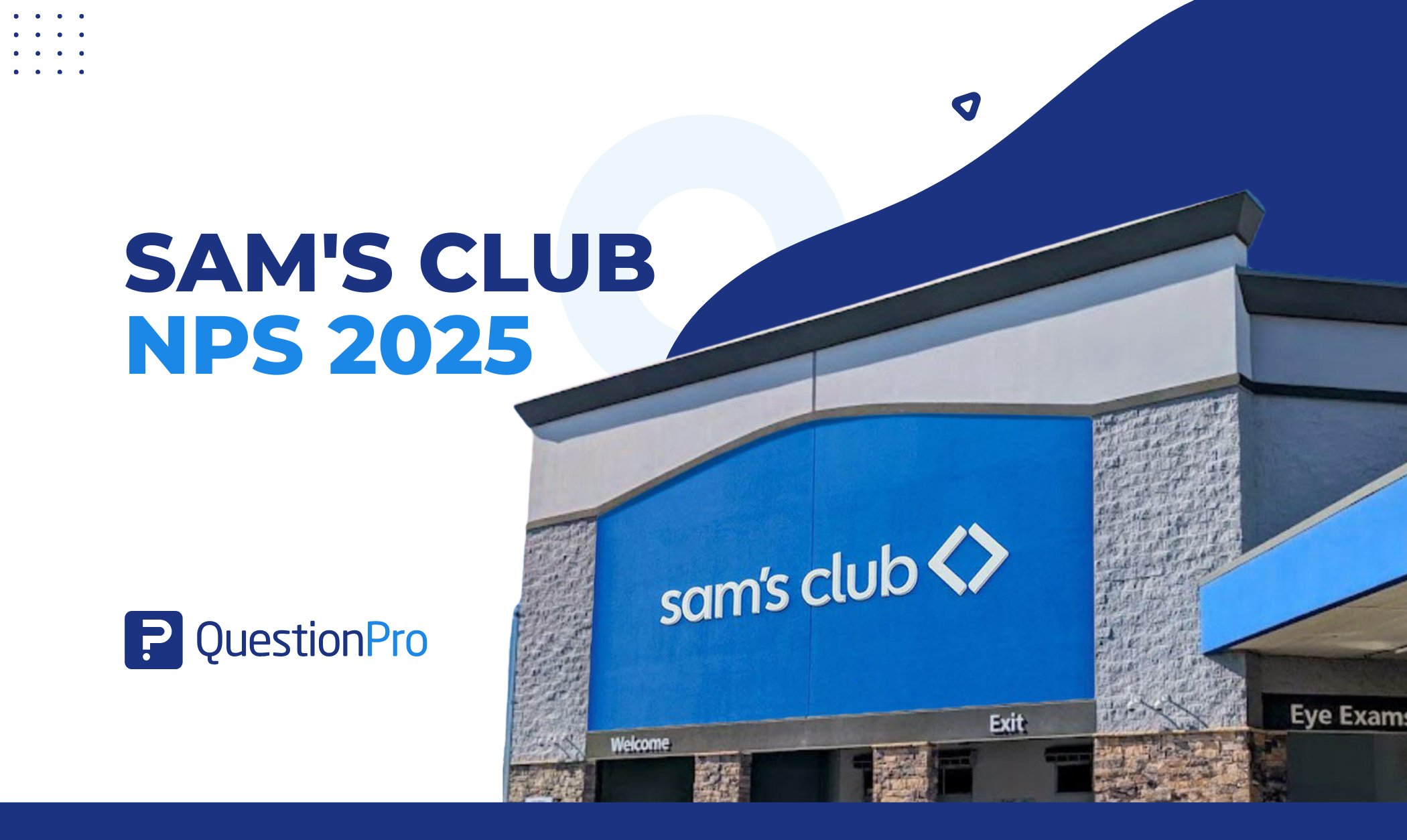At the heart of discrete choice modeling is the little-known process of experimentation. The ability of trade-off based modeling to make reasoned predictions of market behavior is due to its foundation in experimental design. Why is this important? It allows us the capacity to estimate the importance of each feature, or attribute, without having to expose respondents to all possible combinations of features and levels. Ultimately, Discrete Choice Model allows to understand what’s important in consumer decision-making process. This saves time. Money and frustration.
Discrete Choice Modeling

Underneath each attribute are levels. For example, for price we may be considering $8.99, $9.99 and $10.99. Therefore the price attribute has three levels. To return to a pizza example, if we are testing combinations of sauce, crust, amount of cheese, type of cheese, toppings and price then we have six attributes, each with a limited number of levels. Suppose we have the following:
- Crust – thin, pan, thick
- Sauce – marinara, spicy or alfredo
- Topping – pepperoni, meat lovers or veggie
- Cheese – mozzarella, mixed cheeses
- Amount of cheese – 2, 4 or 6 ounces
- Price – $8.99, $9.99 or $11.99
The number of possible combinations is the number of levels for all attributes multiplied and becomes 3 x 3 x 3 x 2 x 3 x 3 = 486. Clearly, to show this number of combinations would be prohibitive. There is one simple rule – as the number of attributes and/or levels increase so does the number of combinations.
When we speak of design it refers to the specification of how the respondent is presented the various levels associated with the attributes in the survey. The configuration of different choices and how many choices are presented is referred to as the design of the discrete choice modeling task. Keep this in mind – respondent fatigue – the more we ask of the respondent the less likely he or she will finish the survey and the less reliable their data will be. A good design will select specific configurations in a way such that the range of possible configurations is sampled efficiently. This efficient design will also account for prohibitions – certain attribute levels cannot be combined together (e.g. an engine that has both high gas mileage and performance horsepower).
QuestionPro allows us three design options for our experiment. Random: produces a design which is a pure random sample of possible attribute levels. For the number of tasks per respondent, the platform produces a unique set of attribute configurations to be presented to the respondent. D-Optimal: uses an algorithm that generates an optimal design for the specified number of tasks per respondent and sample size. What is meant by “optimal”? An optimally designed experiment allows the model parameters to be estimated with fewer experimental runs than non-optimal designs, thus minimizing potential bias. QuestionPro can also import other designs from programs such as SPSS. The designs within the platform specifically allow us to specify prohibitions such as the mileage and horsepower combination mentioned earlier.
Using a D-Optimal design we can reduce the number of combinations from the pizza example down from 486 to 17 (the sum of the levels). With 17 combinations, and an optimal design, we can be confident that the experiment will test enough combinations for us to make projections covering those combinations not tested.







